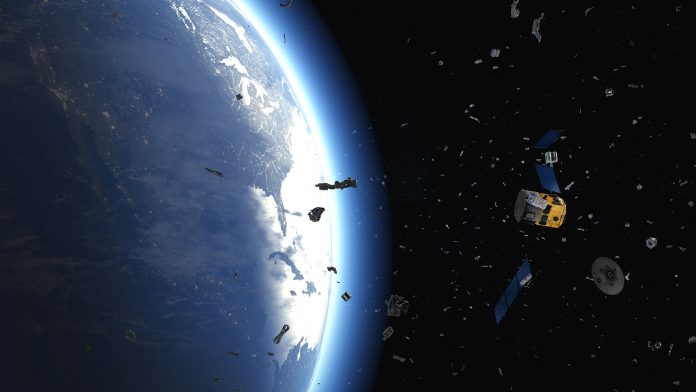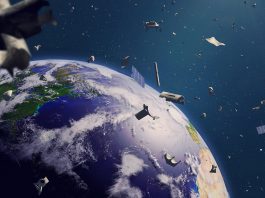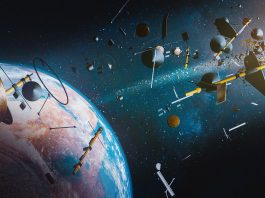Researchers from the University of Malaga have developed a new model that analyses the effects of anti-satellite tests on the amount of space debris.
Researchers from the University of Malaga have coordinated a Space Economy project that determines the optimal rate of satellite launches to maximise benefits based on the amounts of space debris.
Using data from NASA and ESA, the developed model is based on computational simulations that analyse the effects of anti-satellite tests on the amount of space debris and the probability of collision with operational satellites. Currently, there are around 6,000 satellites in orbit.
This way, the model dynamically determines the amount of space debris based on the optimal behaviour of companies operating in space when establishing the rate of launches and the number of satellites.
The experts, Professor José Luis Torres and Professor Anelí Bongers, state that the amount of space debris negatively affects the number of launches and satellites.
They argue: “The calculations show that anti-satellite tests generate more than 102,000 new pieces of this waste larger than one centimetre and that its negative effects take 1,000 years to disappear due to the high altitude at which tests are carried out.”
The study, ‘Star Wars: Anti-Satellite Weapons and Orbital Debris,’ is published in the journal Defense and Peace Economics.
What is space debris?
Space debris comes from different sources, such as the last stages of rockets, satellites that are no longer operational, and tools lost in space.
The amount of space debris has not stopped increasing since 1957 when the first satellite launched.
ESA estimates that there are more than 131,000,000 useless space waste objects between one millimetre and ten centimetres. In case of collision, any piece larger than one centimetre is potentially lethal.
This space debris is currently orbiting around the Earth at an average speed of 36,000 kilometres per hour.
It is likely that space will become overexploited
The researchers studied space from an economic point of view because it is a global common good. As with the high seas, they argue, space “will end up being overexploited.”
Furthermore, as there is no express regulation, apart from the non-binding International Treaty of the UN, it is an example of ‘market failure’. Due to the absence of property rights, there is a tendency to misuse this resource, and generate negative externalities.
They warn that as we are increasingly dependent on the companies operating in space, the volume of space debris will continue rising and so will the likelihood of collision.
“We are facing a huge unregulated market, where problems have just started,” stated the researchers.
If space debris increases at its current rate, the Earth may experience physical problems
The study quantifies the effects of a hypothetic war in space that simulates the destruction of 250 satellites.
The model estimates that the amount of space debris would rise by 25,500,000 fragments larger than one centimetre. This would therefore increase the probability of collision and the number of destroyed satellites.
The objective of the study is to warn of the effects of space debris on the global economy and the potential physical problems that it may cause on Earth.
They concluded that the human use of space will disappear for both commercial and scientific activities if the current rate of space debris generation continues.









